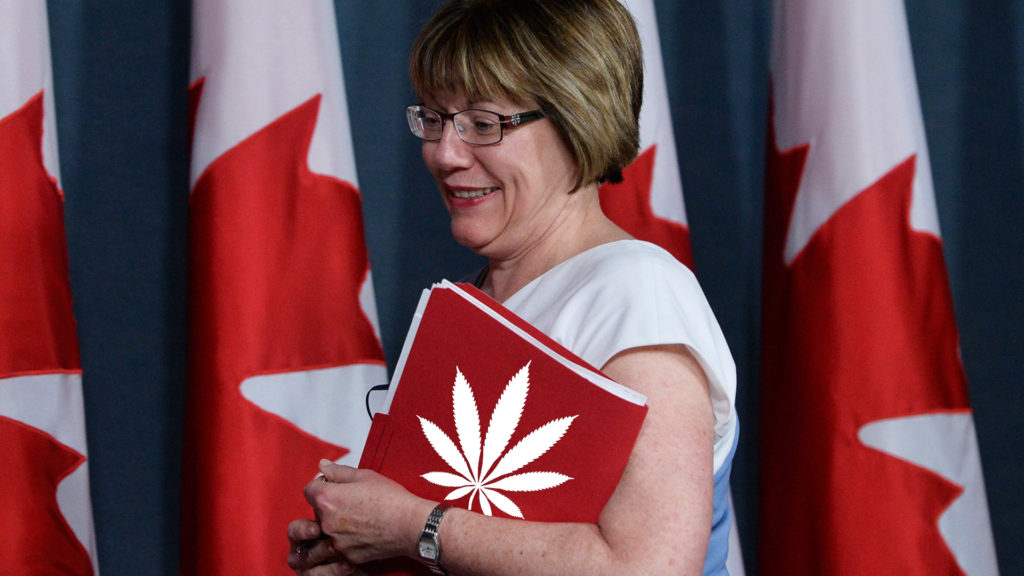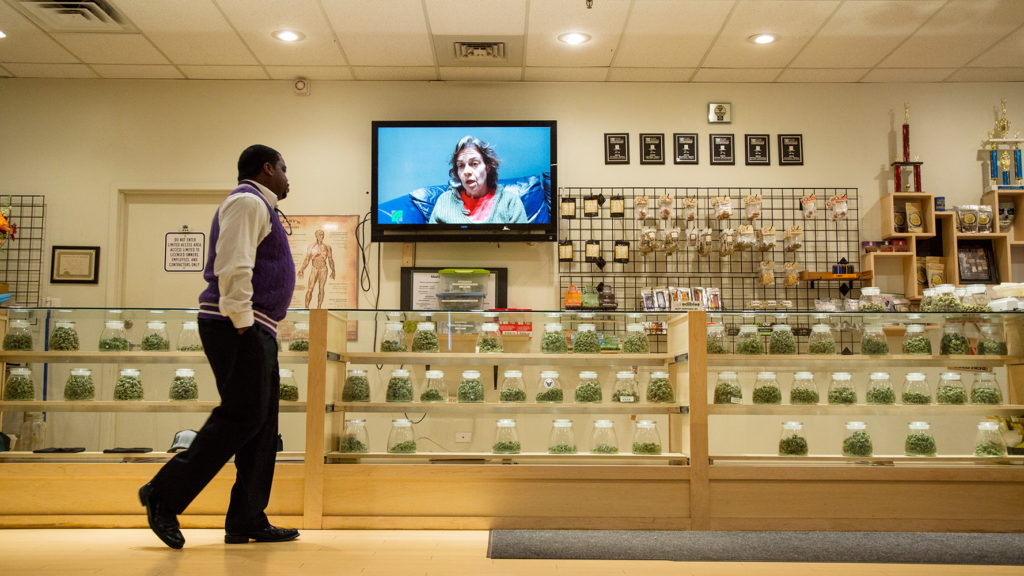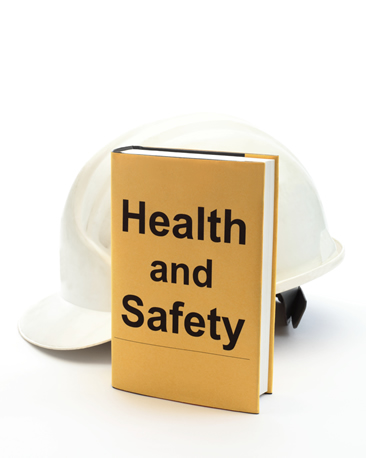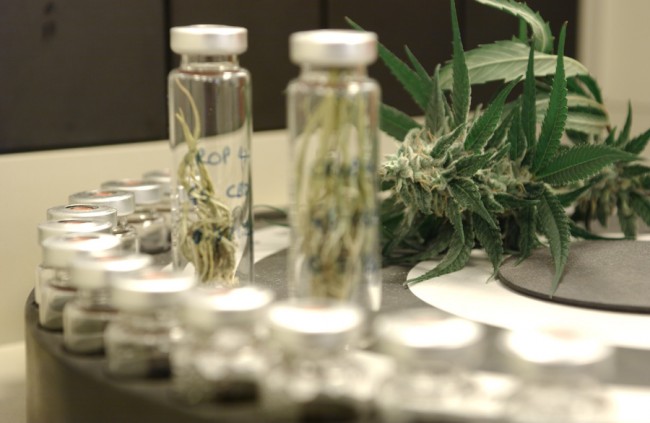(article previously posted at InsidetheJar)
Travis Lane
Part two in a series on the Federal Cannabis Task Force Report.
The task force’s report may be a big improvement on the position paper, but there is still a strong sense that cannabis is something we need to be afraid of. In the entire 54 page document, without the annexes, the word ‘risk’ is used 115 times. That is a lot.
Take a look at this little gem from page 40 of the report:
The early experiences of Colorado and Washington State suggest very strongly that the Government should take steps to avoid the commercialization of legalized marijuana, including the active promoting and marketing of marijuana, leading to widespread use. Preventing widespread use–or “normalization”–is especially important when considering the need to decrease rates of use amongst Canadian youth. Marijuana is not a benign substance and the scientific evidence clearly demonstrates that young people are at a higher level of risk for experiencing negative impacts. Protecting youth and children from the negative consequences of marijuana use is central to the Government’s interest in legalizing, regulating and restricting access.
That is also a lot to take in. In a part of the world where it can feel like high-fructose corn syrup, pharmaceutical opiates, alcohol, and petroleum products represent the four pillars of society, we wouldn’t want to normalize a plant that is far less damaging to both individuals and the community.
 There is something bizarre about the idea of legalizing cannabis, but only for people that don’t use or like it, and not for those that actually enjoy consuming it. Apparently, the government does not want to create any tourism or allow for public promotion, because cannabis is so bad it shouldn’t be normalized or commercialized. Sounds more than a little hypocritical.
There is something bizarre about the idea of legalizing cannabis, but only for people that don’t use or like it, and not for those that actually enjoy consuming it. Apparently, the government does not want to create any tourism or allow for public promotion, because cannabis is so bad it shouldn’t be normalized or commercialized. Sounds more than a little hypocritical.
OxyContin, Crown Royal, Coca-Cola, and SunCor can certainly advertise. Their products are heavily commercialized, and they have been proven to cause death and destruction every day.
Why the difference?
Cannabis use has been proven to be much safer than alcohol or tobacco, but that does not mean there is no risk at all. Nothing is risk free.
The problem with the report is one of balance. By focusing so heavily on the perceived risks associated with cannabis, the report makes it seem like legalization will come with risks that do not already exist.

Criminal involvement, access for minors, quality assurance, driving under the influence, and long term health effects are pertinent already. Seeing as there is a thriving cannabis economy, albeit an illicit one, that has been around for some time, these issues are not new.
Not all of them are easy to tackle, but it has become anecdotally obvious that some of these concerns do not deserve to be considered ‘risky’ under legalization.
In fact, a legalized framework should help to mitigate any perceived risk, while also allowing proper research into the true effects of cannabis.
Some of this focus on risk is obviously political. There are many in our society that do believe there are some extreme risks associated with cannabis use, and a lot of them vote. The idea of severely restricting access under a legal system appeals to the law & order type, and the more conservative voter that might not support legalization in the first place.
The government promised to legalize based on evidence, however, not on political opinions.

A number of these perceived risks should be easy to resolve, like proper dosage labeling, access for medical patients, preventing access for minors, security measures, and product safety procedures for everyone. There are already systems to handle these issues in both the illicit and licit cannabis economies. There should be simple solutions here.
Other distribution concerns are already solving themselves. Dispensaries that don’t overcharge, provide stock options, and act properly within their communities are already out-competing the bad actors, and even receiving municipal licenses for their efforts.
That being said, there are certainly problems that are much more difficult to evaluate and solve.
For example, it is very unlikely that we find a quick and easy solution for regulating drivers that consume cannabis. While someone that smokes a joint can be fine to drive if they are a habitual user, edibles and concentrates pose a very different problem, as do new users.
 Workplace safety will also need be addressed in the context of cannabis consumption. While legalization will address basic workers’ rights within the cannabis industry, the questions around inebriation in the workplace will persist, whether employed in the industry or not.
Workplace safety will also need be addressed in the context of cannabis consumption. While legalization will address basic workers’ rights within the cannabis industry, the questions around inebriation in the workplace will persist, whether employed in the industry or not.
Taxation will be a big one. Balance here is crucial to the whole scheme. Overtaxing feeds the black market, as evidenced by the tobacco market in Canada. This area of regulation also impacts product costs for medical patients. Taxing medical patients seems immoral on some level. In fact, cannabis products for medical patients should be covered by our national health care program, like so many pharmaceuticals.
Aside from these specific and complex public concerns, the key to successful regulation will be to create rational systems for production and distribution that have the ability to compete with the black market and win. Too much regulation, or the wrong kind of regulation, can derail that pretty quickly.
This is where the broad questions will be asked. What will be the barriers to entry? Will there be production quotas? Where can producers legally wholesale? Can retailers advertise? Will there be a government wholesale monopoly? Will there be cannabis tourism? Will the government manipulate legal production volume through licensing, in an attempt to regulate price?
 These overarching questions will determine the future of the cannabis trade in Canada.
These overarching questions will determine the future of the cannabis trade in Canada.
Without a doubt, pesticides, molds, and handling procedures will require regulation, and it will not be easy to find the proper balance. Responsibility for quality assurance should rest with producers, whether it is a growing facility or value added production site.
Distribution considerations will be equally as varied, including tracking, promotion and branding, site inspections, serving limits, delivery methods, labeling, and local oversight.
The government could go very wrong here if too much is focus is placed on perceived public risks, as establishing a relatively free market is the only way to compete with the always free black market.
The failed MMPR regulations should serve as a warning. They were far too restrictive to allow for open competition against the black market. The barriers to entry, extremely limited distribution methods, small number of licenses, restriction on value-added added products, and lack of freedom to use varied growing techniques have led to the MMPR licensed producers having almost no market impact outside of the stock exchanges.
If this fearful attitude is maintained by regulators, the same results will follow: a thriving black market with almost all of the true market share.




